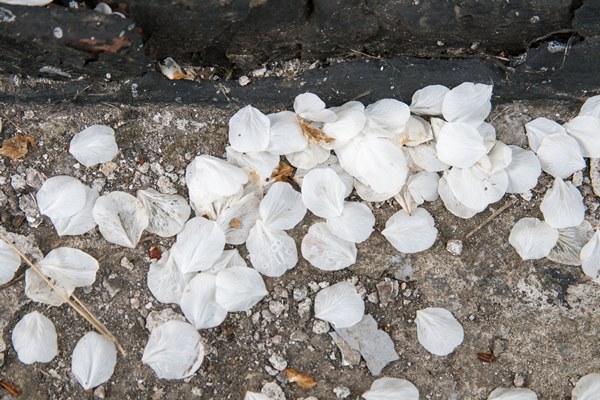Make Time for Yourself and Banish Guilt
If a person with children and living in an extended family were to write my article How to Handle Self-Isolation and Not Lose One’s Mind, they would instead title it How to Survive Quarantine and Not Kill One’s Family. Then again, they probably wouldn’t even write it, because they would be too busy being a career professional, cook, cleaner, and school teacher. All of this in addition to the general anxiety. Since most of the household responsibilities fall on the shoulders of women, many of my female friends are finding this period of confinement stressful. Whether they live in New York, Tehran or Kyiv, the problems are the same–they are under pressure from their employers, schools and their families.

Far more qualified people than me can give advice on how to manage home schooling, household responsibilities and children. On these pages I can only provide comfort, distraction, and a reminder that taking a moment out of a day for oneself is crucial. And that such moments shouldn’t be tainted by guilt.



















Yuliya Luk in Hermes Un Jardin Sur Le Nil : Fragrance Review: I want to say that after trying many perfumes from Hermes, I was not ready to buy them and use them. I received this scent as a gift from my… April 25, 2024 at 9:30pm